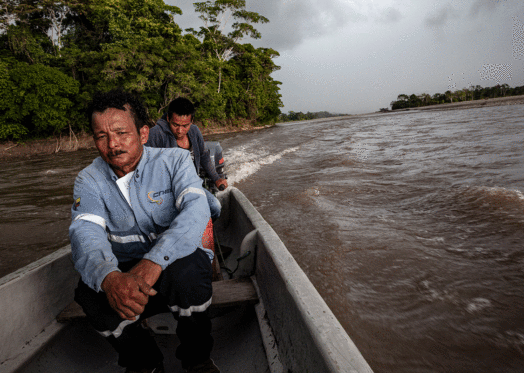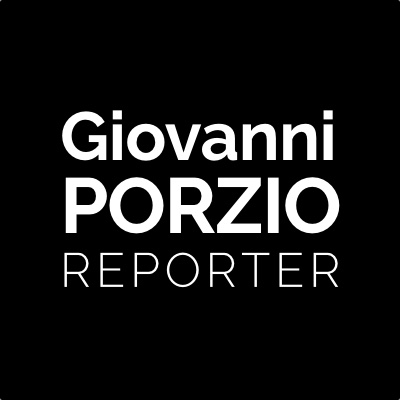Toxic wasteland

I reach the border between Ecuador and Colombia: a forgotten corner of the Amazon, and yet a very busy place. On the banks of the Putumayo and the San Miguel rivers, and deep in the rainforest’s no man’s land, illegal miners and loggers cross path with gas smugglers and arms traders, renegate guerrillas and ruthless paramilitary thugs, coca farmers and shadowy cocaine dealers. The region is a drug producing and trafficking hub, largely controlled by former Farc militiamen, local criminal rings and Mexican cartels. Over a third of Colombian cocaine production flows into Ecuador and head up the Pacific coastline to Central America and the US.
But there’s much more here, in the Sucumbíos and Orellana provinces of the Ecuadorean Oriente. Donald takes me on a “toxic tour”. We drive through a coffee plantation, then walk to a swampy ditch where he starts digging. Soon the shovel lifts up a viscous black mud: a stinking mix of oil and tar. “This is just one of the 900 open pits left by Texaco” he says. “They leach toxic waste into the soil and the groundwater”.
The story is well known. Texaco, which later merged with Chevron, landed here in the 1960s and set off the largest oil-related environmental catastrophe ever. It razed millions of trees, drilled hundreds of wells, laid hundreds of miles of pipelines; it dumped billions of gallons of waste directly into the rivers and streams of the formerly pristine ecosystem; it burned hundreds of millions of cubic feet of gas and waste oil into the atmosphere, poisoning the air. When it packed, in 1992, it left behind a toxic contamination that devastated the livelihood and health of the indigenous people.
Since then, a nasty legal fight to claim billions of dollars in reparations is under way. Since then, nothing has changed: the oil-rich regions of the Oriente are still the poorest in the country and the locals are still dying. I spent days visiting women, old men and children with cancer, skin diseases, malformations, neurological disorders.
In its long battle, however, the indigenous movement has proved to be too strong to be ignored. It played a central role in toppling three presidents since 1997. And last October it was on the frontline during the violent protests that forced president Lenín Moreno to scrap the “paquetazo”, a controversial IMF-backed austerity package.
“We will not give up” says don Octavio Cordoba, an 85 year old campesino who is fighting a tumor and lives in a wooden hut near a polluted field. “We owe it to our children, to our grandchildren, and to our dead”.





